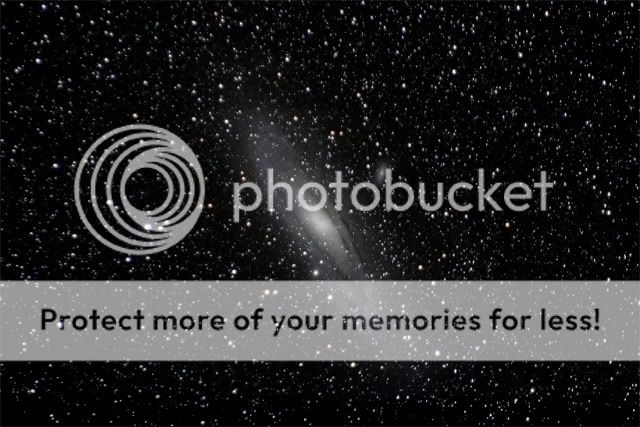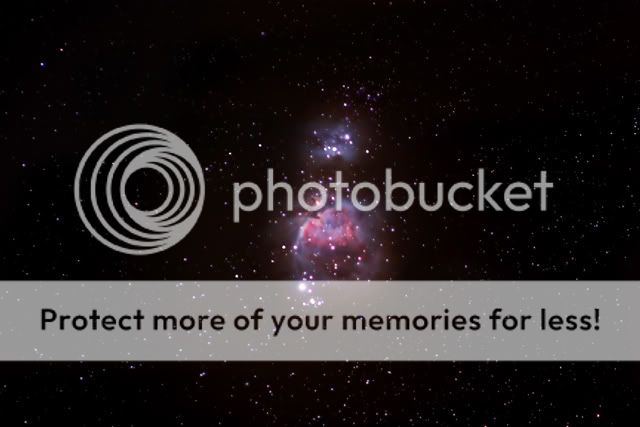What is it you want to accomplish with wide field astrophotography? If it's detail in the sky, then you will need a long exposure, fast lens and high ISO. Here's a picture taken with 550D and tokina 12-24mm/4.
ISO-800
f/4
30 seconds
There isn't really much detail to write home about, but I got much stars. This isn't the brightest part of the Milky way either, but not much brighter. AND, this was after post processing. Original:
If I really bump up the ISO to 12800, then I get something like this (after pp):
Notice the noise differences.
As important as your equipment, is a clear, dark sky. Light pollution is bad - really bad. The more light pollution you have (that may be a city or a nearby street lamp), you get the risk of overexposing your surroundings, which you don't want. At least want a balanced exposure of the sky and the landscape.
Your Canon 18-135mm is actually faster than my Tokina 12-24mm/4. Yours go to f/3.5 at the wide end. Some canon lenses focus
past infinity, so beware of that. Experiment and find the "true" infinity mark on your lens, and mark it for future reference.
If you want your stars to appear as "dots" and not as "lines", then another factor will affect your results: shutter speed. You can't just expose for 10 minutes, because then the stars will appear as lines on the sky. There is a rule of thumb when it comes to how long a shutter speed you can use without getting streaking stars:
shutter speed (seconds) = 600 / effective focal length
Your 18mm wide end is more of a 28mm (due to 1.6 crop factor). That will give you an exposure of 600 / 28 = 21 seconds.
This is just a guideline, however. Stars move across the sky at "different speeds" (let's not be physically correct in formulations, here). Stars closer to the North star will move slower, stars farther away will move faster, so having a clue as to which part of the sky you're shooting isn't half bad either

This post became long and cluttered, but I hope some good came of it!

















